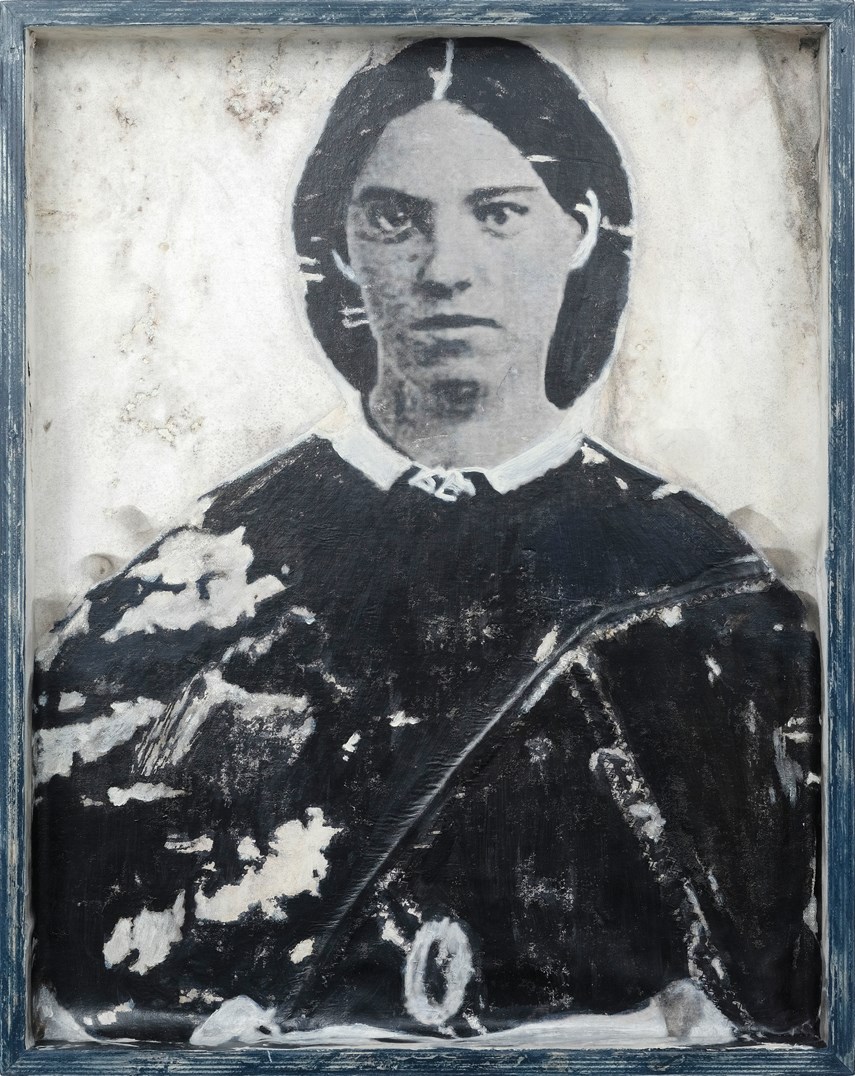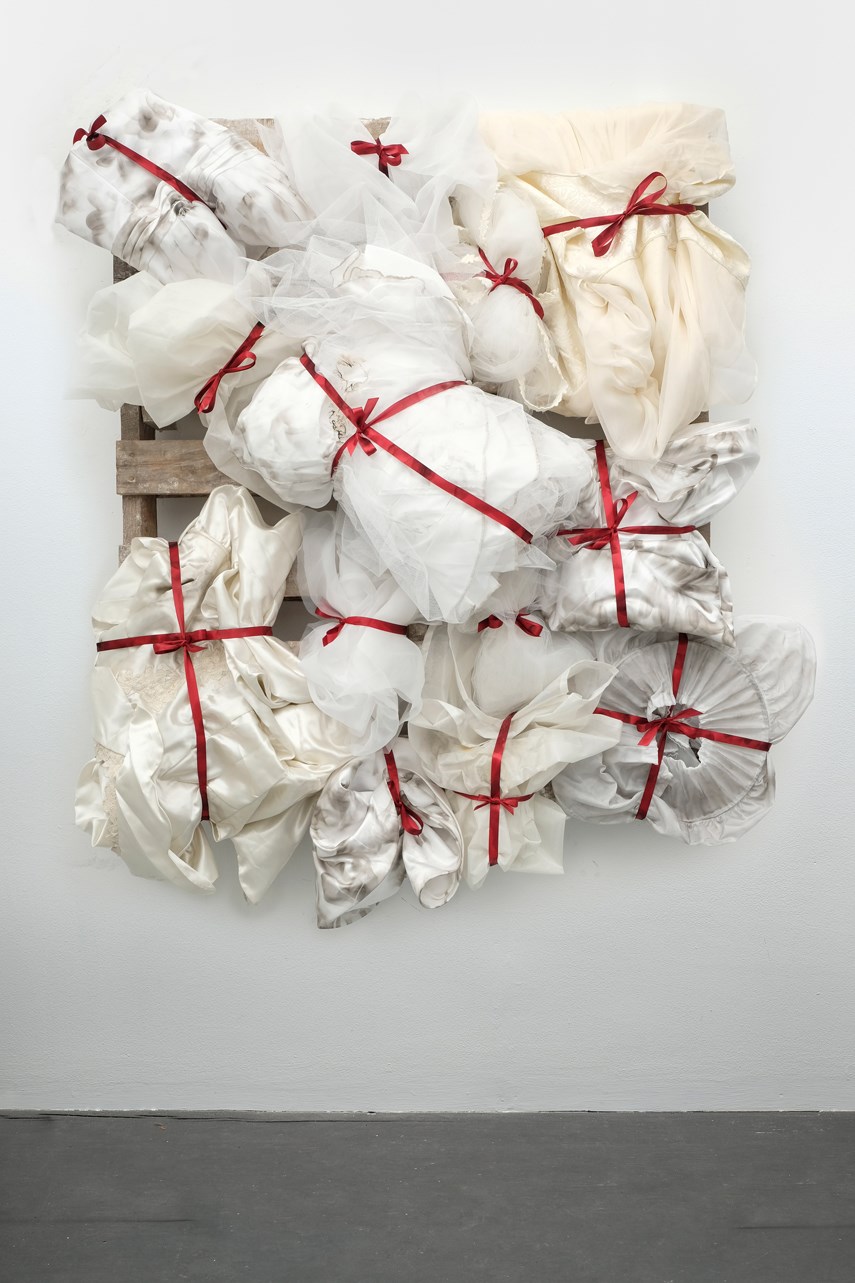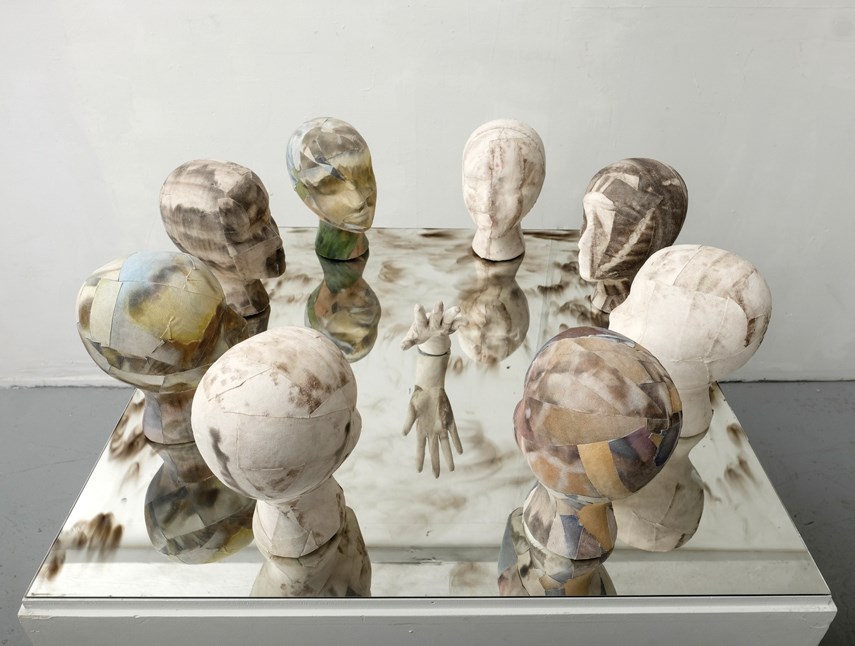The Girls Are Coming! A Visual Voyage of Brideship Tynemouth opens on International Women’s Day, March 8, at the Vancouver Maritime Museum, 1905 Ogden Ave. Opening reception is 7 p.m. The exhibition runs until June 16, or 99 days – the same length of time as the journey the young women took 157 years ago. Learn more about Tracy McMenemy at tracymcmenemy.com.
It is September 1862 and the iron steamship Tynemouth has set out from Dartmouth, England bound for Esquimalt, B.C. by way of San Francisco.
The freight? Not lumber, bricks or cotton, as was commonplace for the times.
The vessel carried 60 girls, some as young as 12 years old, who were trumpeted in the press as 'crinoline cargo.'
“How many hearts will beat with pleasure as this paragraph reaches their eyes…” proclaimed Victoria’s The British Colonist in its pages on Sept. 17, 1862, “when we state that the good ship Tynemouth with sixty select bundles of crinoline, arrived...”
The young women endured 99 days on board in decrepit living conditions. They were kept below deck in the dark, with dank, soot-filled air, rotten food, vermin and the omnipresent lack of sanitation.
The reward once they reached their destination? They were marched down the gangplank two-by-two and “received” by hundreds of drunken, gawking miners who had flooded into the region en route to the gold rush in the Cariboo.
The men, most of them from San Francisco, were a rowdy bunch. Hard drinking, uncouth and with no families to ground them, the raucous miners had become a problem for Victoria officials, who wanted to bring order to their outpost.
Across the Atlantic, London had its own concerns. The British, too, were seeking to clean up their streets, as a declining industrial cotton industry was leaving orphans and spinsters in its wake.
So B.C.-bound “brideships” were born.

It’s a little-known fact about the founding of this province, but as North Vancouver artist Tracy McMenemy discovered, these brideships played a huge part in the development of British Columbia.
“It was sort of a win-win for both sides, they thought,” McMenemy says. “[Britain] shipped them over and in a way, colonized B.C.”
A longtime photographer, painter and sculptor, McMenemy, 50, has always been intrigued by historical themes. She incorporates a range of techniques in her work, such as fumage (images coaxed from smoke); objet trouvé (found objects); and photographic transfer (a method of print-making).
At the heart of her creations, however, is a story.
“I find it kind of grounds the art,” she explains. “It starts to connect everybody in the community. When you have some kind of historical story, people can dial in. And then it becomes more than just the art.”
For McMenemy, the experiences of the 60 girls shipped from civilized England to a rough rainforest in B.C. was intriguing, to say the least.
“How did I not know this?” McMenemy wondered upon finding the records of the voyage, after she had been asked by the curator of the Vancouver Maritime Museum to come up with a show for a “women at sea” theme.
“And then I went and asked all my family and friends, and none of them knew, either.”
McMenemy was hooked; she needed to follow the trajectory of the brideships.
“I spent a few years researching online, I went over to the B.C. Archives in Victoria, and just dug, and dug, and dug, until I came up with enough of a story that I thought I should share.”
The result is The Girls Are Coming! A Visual Voyage of Brideship Tynemouth, a new art exhibition at the Vancouver Maritime Museum that opens March 8.
From the archival images and photographs in newspaper clippings, to pieces of sails from the last fur-trading ship to sail to the Arctic, McMenemy has utilized nautical objects and themes to create 19 haunting mixed-media pieces.
“Life Saver,” for example, is a sculpture of eight mannequin heads, wrapped in ripped sail cloth with no facial features, indicating the women have no sight, no voice.
“Select Bundles of Crinolines” shows packages of wedding dresses stacked on a pallet to illustrate how the bride ship women were treated like any other cargo, such as meat or tobacco, McMenemy says.
In fact, the exhibit’s opening date, falling on International Women’s Day, is rather ironic for McMenemy, who after all of her research and artistic expression for The Girls Are Coming! was left with an overriding observation: Not much has changed.
From degradation on dating sites, to the need for an assertive #MeToo movement, McMenemy can’t help but wonder, “are we going to be having this same conversation in another 150 years?”
It’s something she hopes everyone who views her exhibit leaves thinking about.
“That part of it is heavy, it weighs on you,” McMenemy says.

Despite brideship’s misogynistic premise and challenging journey – the girls lived through several violent storms, two mutinies, and illness and injury – McMenemy found hope in their stories, and came to view the sailing like she believes many of the young women did: as an adventure.
“I’m sure part of them were scared, terrified to be going to a foreign country,” McMenemy says, “but they were probably also excited to start a new life.”
Many of the women went on to flourish in B.C., with some becoming midwives and teachers, in addition to homesteading and farming alongside their husbands and children.
They even introduced a bit of culture to the wild West Coast, bringing in the province’s first piano and sewing machine.
This female ability to turn difficult situations around is what inspires McMenemy and keeps her optimistic about the future.
“It’s pretty remarkable how fired up young women are today,” she says. “I really hope things do change. It’s our time.”



